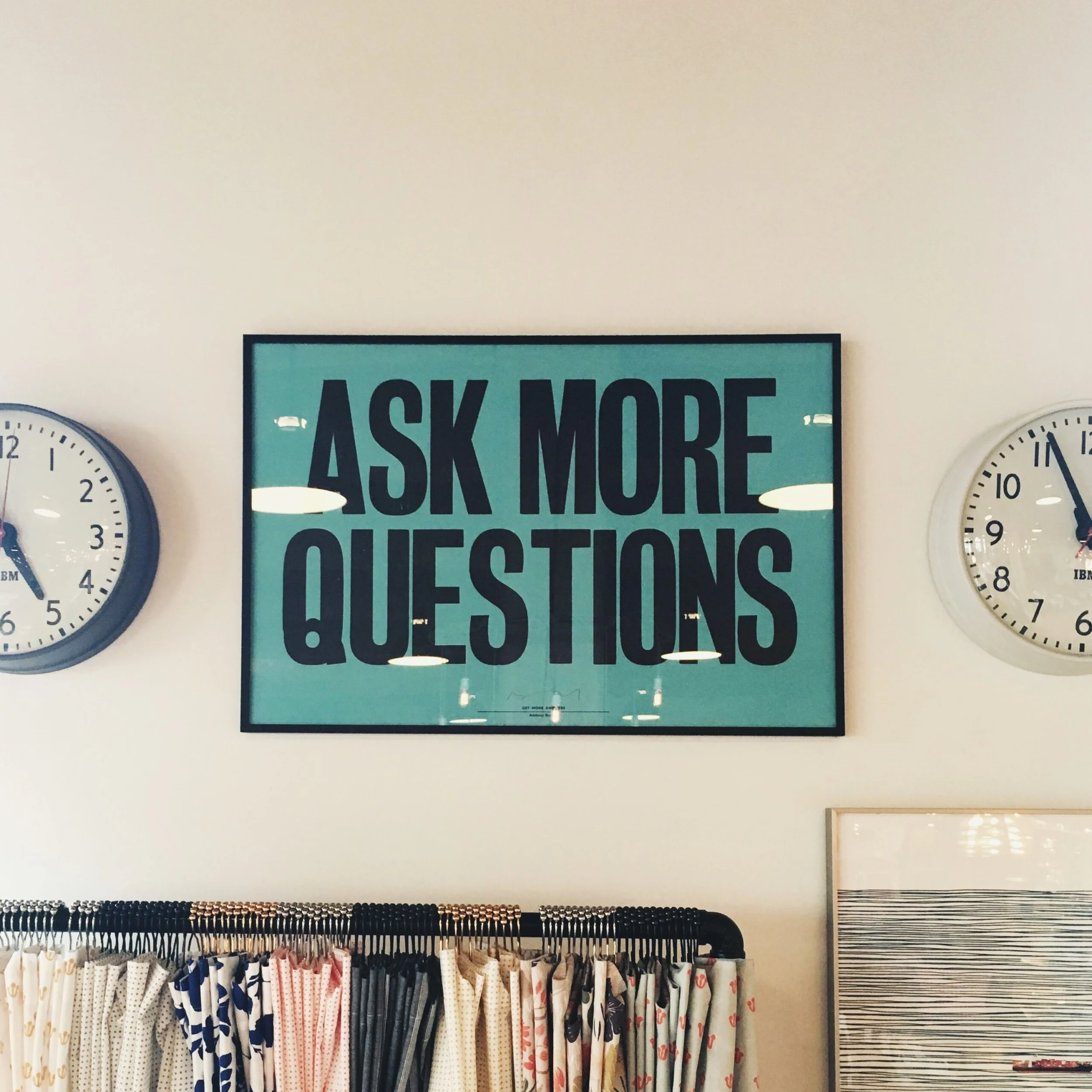Brand credibility: why it’s important and the role of PR
As a business development director for a tech PR agency, I’m often told by prospective clients that one of the main objectives they have is either to establish (if a new brand) or protect their credibility.
I’ve heard this so often that I kind of take it for granted that every campaign will address this objective, but actually — why is credibility such an important currency for a technology company?
What is credibility anyway?
If you Google the definition of credibility, its meaning differs slightly from source to source but essentially, credibility is deemed to be the quality of being believed or accepted as true, real or honest. It is concerned not only with facts and evidence, but also relates to feelings and opinions. Have you ever known that something was factually correct, but still had a niggling feeling that something wasn’t quite right? Herein lies the problem.
As an attribute, credibility is important because it helps to influence people’s patterns, behaviours and thoughts. Therefore if a company, its employees or its brand are not credible, others are less likely to believe what is being said or taught, thereby rendering communication moot. A perceived lack of credibility usually morphs into an unwillingness to trust and rely on the person, company or brand in question, which in turn affects recruitment, HR, sales and other business functions.
What makes something credible?
Arguably, the key to credibility is integrity. If genuinely, ‘what you see is what you get’, the likelihood is that you, your brand and your company are going to make a strong first impression, which is a key step in forming credibility.
There are lots of articles about building personal credibility, such as this one from Entrepreneur magazine, which claims that being credible equates to having an air of confidence that expresses itself through the way you move, behave, carry yourself and speak.
What can PR do?
PR, because of its focus on achieving third-party endorsement, is the perfect marketing discipline to use to establish, build and protect credibility. In 2014 Nielsen looked at the role of content in the consumer decision making process, and concluded that PR is almost 90% more effective than advertising at establishing, building and protecting credibility.In addition, as digital channels have grown and evolved, the responsibility of the PR practitioner has also grown to ensure that audiences get a ‘single brand experience’, thereby ensuring that whichever channel or device on which the audience experiences your brand first, that experience is positive and the following experiences all reaffirm the first.
PR can also create a level of transparency for brands, addressing client and customer demand for greater openness, accessibility, flexibility and customised service, thereby helping to build trust and confidence in key audiences.
In addition, PR’s increasing role in developing core content that supports marketing also helps to boost credibility by pulling together the authentic views, opinions and knowledge that sit within the organisation and presenting them to the outside world.
In my (albeit biased!) opinion, PR can assist with the credibility factor in a variety of ways.
How do I know how credible my brand is?
There are a range of quantitative and qualitative measures for credibility. There are also different factors to consider. For example, Google may rate your credibility on site authority, which is associated with backlinks to your website from other credible third-party websites.
Your page ranking may also affect the first impression of Google users searching for your brand, but it probably won’t have the same effect if they’ve heard less-than-positive things about you before witnessing the page ranking.
The first step in identifying whether PR can help your company is to take a hard look at your current operation, progress and results and truthfully ask yourself whether a boost in credibility could lead to an improvement. Yes? Well then — give me a call! :)

